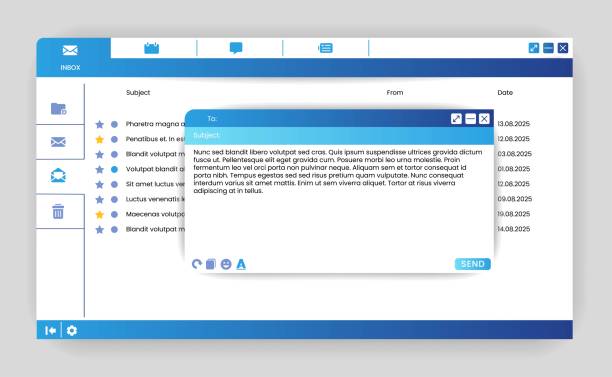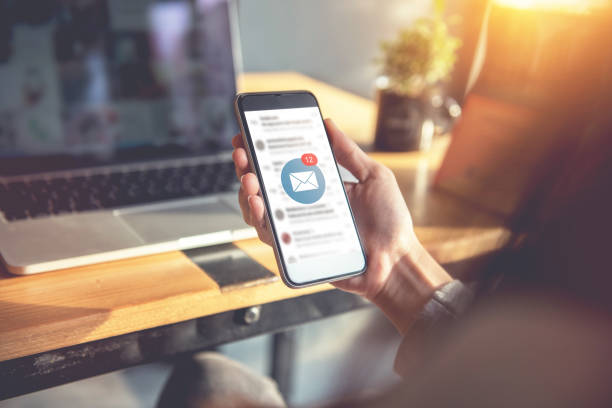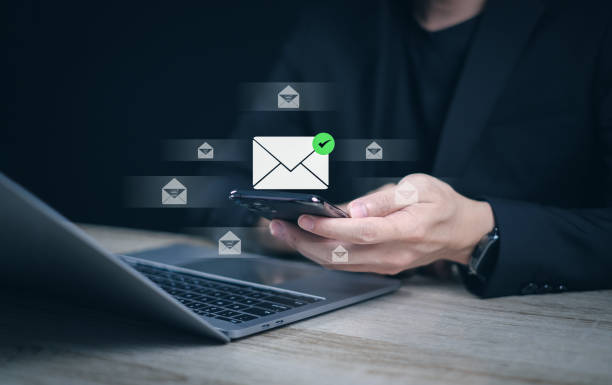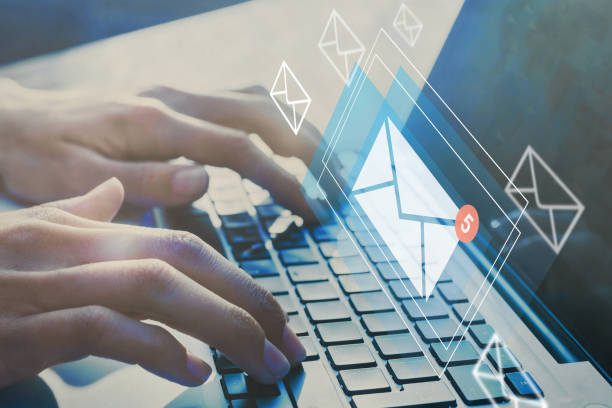Have you ever received an email that felt like it was written just for you? Did it make you feel valued and more inclined to click through or make a purchase? On the flip side, how many times have you ignored emails that felt impersonal or irrelevant? These contrasting experiences highlight the power of personalized email campaigns in email marketing.
But how can businesses consistently create emails that feel personal without manually writing each one? What tools and strategies can help you achieve higher engagement and conversion rates? In this blog, we’ll take a deep dive into crafting personalized email campaigns that not only grab attention but also deliver tangible results.
What is Email Personalization and Why Does It Matter? – Personalized Email Campaigns
Email personalization involves tailoring your email content to the specific needs, preferences, and behaviors of individual recipients. Rather than sending the same message to everyone on your list, you’re creating a more tailored experience for each subscriber.
The Importance of Personalization
Why is this so critical in today’s digital landscape?
- Rising Competition: With inboxes flooded with promotional emails, personalized emails help your brand stand out.
- Improved Engagement: Personalized subject lines can boost open rates by 50%, while tailored content can significantly increase click-through rates.
- Customer Retention: When customers feel understood, they’re more likely to stay loyal to your brand.
- Higher ROI: For every $1 spent on email marketing, businesses earn an average of $36, and personalization is a key driver of this success.
Example: Imagine you’re an online bookstore. Instead of sending a generic “Check out our new arrivals” email, you send this:
“Hi Emma, new thrillers you’ll love are here!”
This small shift can make all the difference in catching the recipient’s attention.
Steps to Understand Your Audience for Personalization – Personalized Email Campaigns
The foundation of personalization is understanding your audience deeply. Here’s how to get started:
1. Segment Your Email List
Segmentation involves grouping your subscribers based on shared characteristics or behaviors. Some common ways to segment your list include:
- Demographics: Age, gender, location
- Purchase Behavior: First-time buyers, repeat customers, or high spenders
- Engagement Level: Active subscribers versus those who rarely open your emails
Pro Tip: Tools like Mailchimp or Klaviyo make segmentation easy by automating this process based on your data.
2. Analyze Customer Behavior
Track how users interact with your website and previous emails.
- What products have they viewed or purchased?
- Which email links do they click on?
- Are they abandoning their carts frequently?
Using this information allows you to create highly targeted campaigns.
3. Leverage Surveys and Feedback
Sometimes the best way to understand your audience is to ask them directly. Use surveys or feedback forms to gather insights into their preferences and expectations.
Example:
“Which topics would you like us to cover in our emails? Let us know and get a 10% discount on your next purchase!”

Crafting the Perfect Personalized Email Campaigns
Once you’ve gathered the necessary data, it’s time to create emails that make an impact. Let’s break this down step by step:
1. Compelling Subject Lines
The subject line is your first impression—it determines whether your email will be opened or ignored. Personalized subject lines perform better because they feel more relevant.
Examples:
- “Alice, your loyalty just earned you a surprise!”
- “We noticed you left something behind, Mike…”
2. Dynamic Content for Tailored Messaging
Dynamic content automatically customizes parts of your email based on the recipient’s data. For example:
- Displaying a user’s name
- Showcasing products they recently browsed
- Including location-specific offers
Example of Dynamic Content:
“Hi Jane, the cozy sweater you loved is back in stock. Order now and get free shipping in San Francisco!”
3. Include Personal Recommendations
Tailored product recommendations based on past behavior can significantly increase conversions. Tools like AI-powered algorithms make this process seamless.
4. A Clear and Relevant CTA
Your email should have a single, clear call-to-action (CTA) that aligns with the recipient’s preferences.
Examples of CTAs:
- “Claim Your Discount”
- “Explore Your Recommendations”
- “Finish Your Purchase Now”

Using Automation for Efficient Personalization – Personalized Email Campaigns
Personalizing emails for hundreds or thousands of recipients might seem daunting, but automation makes it manageable. Here’s how you can leverage automation tools:
1. Trigger-Based Emails
Automation allows you to send emails based on specific actions or events.
- Welcome Series: Automatically send a warm welcome email when someone subscribes to your list.
- Abandoned Cart Emails: Remind users of items left in their cart.
- Milestone Emails: Celebrate birthdays, anniversaries, or other milestones with exclusive offers.
Example:
“Happy Birthday, Sarah! Enjoy a 20% discount to celebrate your special day!”
2. Real-Time Updates
Modern tools like HubSpot or ActiveCampaign enable real-time personalization, updating content dynamically based on user behavior.
3. Drip Campaigns – Personalized Email Campaigns
A series of emails sent over time can nurture leads or guide users through the sales funnel. Personalization at each stage can improve engagement and conversions.
Measuring the Success of Your Personalized Email Campaigns
You’ve put in the effort to personalize your emails—now, how do you know if it’s working? Track these key metrics:
- Open Rate: Are your subject lines enticing enough?
- Click-Through Rate (CTR): Are recipients engaging with your content?
- Conversion Rate: Are your CTAs driving the desired actions?
- Unsubscribe Rate: A high rate might indicate a disconnect between your emails and your audience’s expectations.
Pro Tip: Use A/B testing to experiment with different elements of your emails, such as subject lines, CTAs, or design layouts, and see what performs best.
Common Pitfalls to Avoid – Personalized Email Campaigns
While personalization is a powerful tool, it’s not without challenges. Be mindful of these common mistakes:
1. Over-Personalization
Adding too many personal details can feel invasive. Strike a balance by focusing on relevance rather than overwhelming familiarity.
2. Using Outdated or Incorrect Data
Nothing ruins trust faster than addressing someone by the wrong name or sending irrelevant offers. Regularly update and clean your email lists.
3. Generic CTAs
Even with personalized content, a weak or unclear CTA can hurt your campaign’s performance.
Future Trends in Personalized Email Campaigns
As technology evolves, personalization will become even more sophisticated. Here are some trends to watch:
- AI-Powered Insights: AI will analyze complex data to predict customer behavior and recommend personalized content.
- Interactive Emails: Clickable carousels, embedded quizzes, or shoppable emails will create more engaging experiences.
- Omnichannel Personalization: Integrating email data with other channels like SMS or social media for a seamless customer journey.

Final Thoughts: Personalized Email Campaigns
Personalized email campaigns are more than just a marketing strategy—they’re a way to connect with your audience on a human level. By understanding your customers, leveraging data insights, and using the right tools, you can craft emails that feel genuine and drive meaningful results.
So, are you ready to transform your email marketing efforts? Start small, experiment, and keep refining your approach. With persistence and the right strategies, your personalized email campaigns will not only boost conversions but also strengthen your brand’s relationship with its audience.
Now it’s your turn: What will your next personalized email campaign look like? The possibilities are endless—start creating today!








